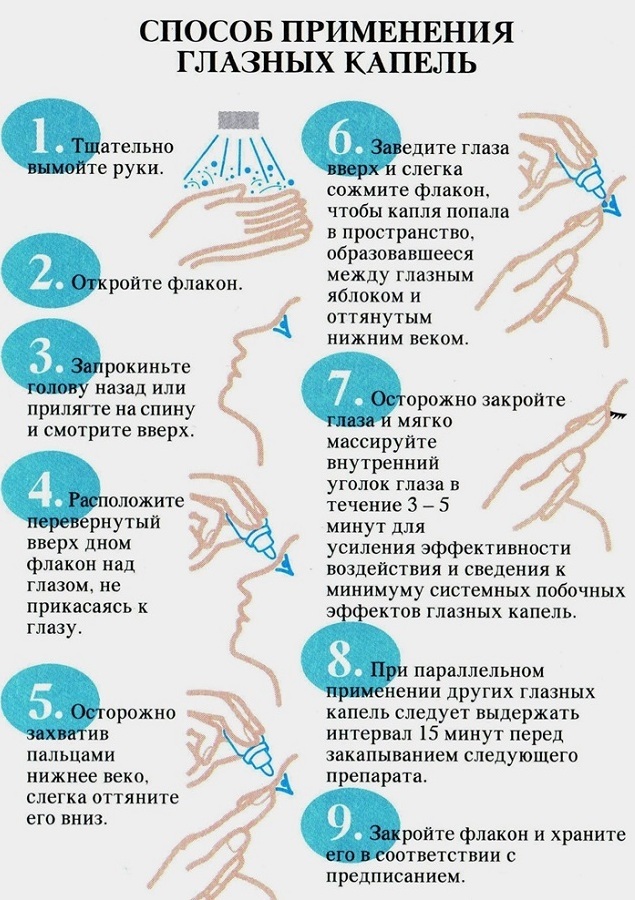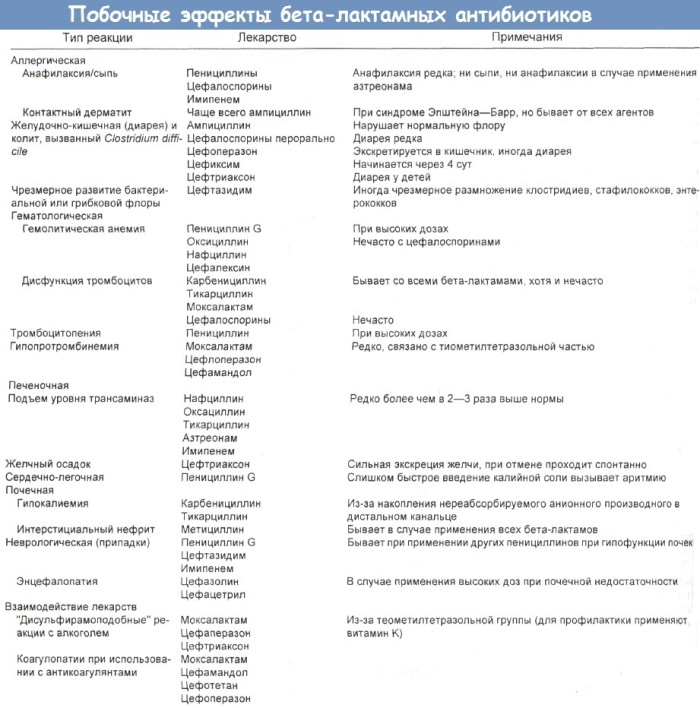Content
- The nature of elbow pain during exercise
- Causes of pain in the elbow joint
- When flexing and extending the arm
- When lifting weights
- When clenching your hand into a fist
- When pulling up
- After intense physical activity
- Which doctor should I go to?
- Pain relief methods
- Treatment
- Elbow Disease Videos
Traumatic injury or systemic pathology leads to the fact that elbow hurts. Paroxysmal manifestations in the joint are aggravated by exertion or movement. The process involves bone structures, cartilage tissue, ligamentous apparatus. The syndrome provokes irritation of the sensory fibers innervating the articulation.
The nature of elbow pain during exercise
The type of discomfort depends on the pathological process. Pain in the elbow joint during physical exertion signals inflammation or deformation changes with tissue edema.
Under load, the pressure on the bone capsule increases. Painful sensations are of varying intensity and character, depending on the severity of the inflammatory process in the joint capsule and the degree of irritating effect on the nerve fibers.
The elbow hurts in the joint during exertion, often due to progressive osteoarthritis or sluggish bursitis. Such chronic degenerative-dystrophic processes are characterized by aching arthralgia.
The syndrome reaches high intensity with traumatic damage to the joint capsule with the surrounding organic tissues. Violation of the integrity of the bone structure and anatomical deformities determine the acute nature of paroxysm.
Typical types of pain in the elbow composition:
- Aching-pulling. A characteristic symptom of neuritis, tumor formation, arthritis. Painful sensations of this nature acquire in patients with oncological processes, cubital canal syndrome, tuberculous lesions of skeletal structures.
- Sharp. A high intensity or paroxysmal nature of pain is observed with injuries of the articular capsule. Similar symptoms are characteristic of an acute inflammatory process.
- Burning. This reaction of pain receptors causes arthritis, epicondylitis, and other progressive degeneration of the articular structure. Irradiation of burning sensations in the elbow joint is observed with angina pectoris, myocardial infarction.
- Constant sluggish. The symptom is characteristic of slowly developing deformities of cartilaginous tissues, tendon fibers, ligaments. The pain becomes permanent, low-intensity after an incompletely healed injury.
- Pulsing. A clear sign of pinched nerve endings.
A common type of pain in the elbow joint is chronic aches. Such a syndrome is characteristic of age-related changes, fluctuations in blood and tissue pressure.

Chronic joint aches, aggravated by load on the capsule or movement of the limb, is considered one of the leading clinical symptoms of senile gout, provoked by wear of bone structures, impaired blood supply.
Causes of pain in the elbow joint
The etiology of such paroxysmal manifestations is varied and numerous. Often, the elbow joint hurts with epicondylitis - a degenerative-inflammatory lesion of organic tissues surrounding the bone capsule.
Other causes of paroxysms are presented in the table:
| Etiological category | Pathogenetic features |
| Traumatic injury | A common cause of elbow pain is contusion. It occurs with a strong shock load and is combined with a moderately pronounced syndrome, a temporary limitation of joint mobility. Sprains, intra-articular fractures and cracks, dislocations are classified as traumatic injuries. |
| Inflammation | Such processes cause infectious causes, mechanical damage, hypothermia of tissues, chronic or acute pathologies. Inflammatory diseases of the elbow joint include aseptic or purulent arthritis, post-traumatic or hematogenous osteomyelitis, bursitis, synovitis. |
| Enthesopathies | Inflammatory-degenerative damage to the tendon fibers at the junction with the bone capsule provokes a dull, aching or stabbing pain. Unpleasant sensations increase physical activity. This category of diseases includes medial epicondylitis, which is characteristic of gymnasts and tennis players. |
| Degenerative lesions | At the initial stage of the course, arthrosis, chondromatosis or osteochondritis dissecans are accompanied by moderate pain symptoms. Degeneration of bone and cartilage structures leads to increased stress syndrome, gradual partial dysfunction of the limb. |
| Autoimmune processes | Elbow pain occurs with rheumatoid arthritis, systemic lupus erythematosus. Paroxysms are symmetrical, affecting both limbs. Autoimmune diseases are characterized by multiple joint damage. |
| Neoplasms | Benign or malignant neoplasias in the bone, cartilaginous or soft tissue structures of the articulation have a prolonged course. Painful sensations are distinguished by clear localization, short duration of attacks, low intensity of the syndrome. |
Other common causes of pain in the elbow joint during exercise are neuropathy, tunnel syndrome, and cardiac ischemia. Depending on the provoking factor, paroxysms are combined with paresthesia of the hands, palms and fingers, supplemented by other concomitant symptoms.
When flexing and extending the arm
High-intensity pain in the elbow joint during flexion / extension of the limb accompanies tendon sprains. The symptom is typical for acute, subacute or sluggish chronic inflammation of the synovial bag.
Bursitis changes the biochemical composition of the inter-articular fluid, enhances the production of pathological exudate and the synthesis of interleukins. The main biological purpose of synovial secretion is to reduce the friction of parts of the bone structure during flexion and extension of the arm. Lack, or vice versa, excessive fluid secretion leads to pain.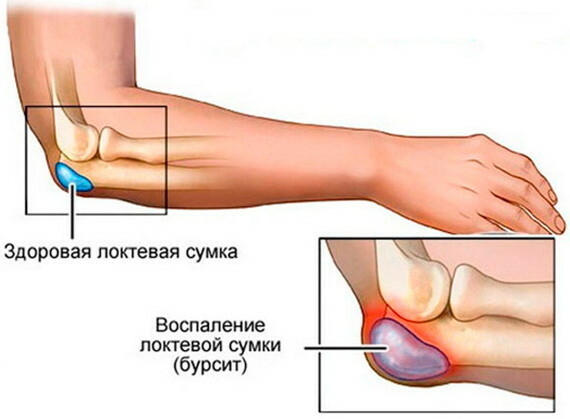
The clinical picture of functional impairment is complemented by:
- redness of the elbow joint;
- swelling;
- internal edema of soft tissues;
- itching;
- local or generalized hyperthermia, depending on the severity and stage of the pathological process;
- pineal seals in the affected area, detectable by palpation.
Bursitis provoking irritation of pain receptors is acute or chronic. Each form of pathology is characterized by paroxysms of different intensity.
The elbow hurts in the joint during exercise, flexion and extension due to acute bursitis periodically in paroxysmal conditions. The development of the pathological process is accompanied by extensive tissue edema, increased discomfort.
The transition of pathology to a sluggish stage of chronicity causes a decrease in pain intensity. The syndrome becomes constantly disturbing in nature with a slight increase during flexion and extension of the limb.
The hand retains functionality, but the focus of inflammation becomes noticeable by swelling up to 10 cm in diameter and reddened skin. Moderate limitation of arm movement occurs in the absence of proper treatment.
When lifting weights
This syndrome occurs due to dystrophic, degenerative or deformation processes in the structure of the elbow joint. Acute pain in the elbow joint during physical exertion is characteristic of progressive arthrosis.
The pathological process gradually destroys cartilage tissue, causing abnormal changes in:
- bone capsule of the joint;
- synovial membrane;
- adjacent skeletal structures;
- ligamentous apparatus;
- tendon fibers.
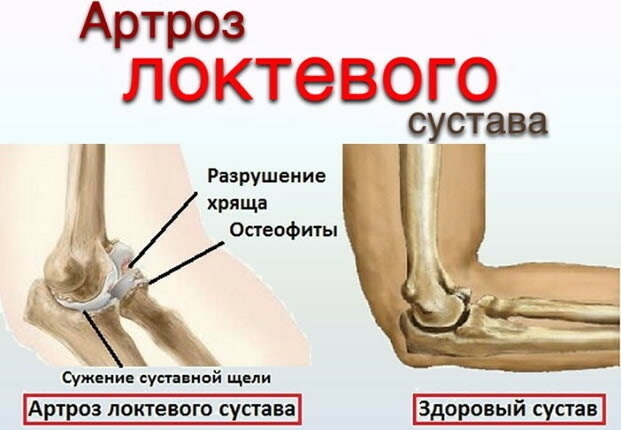
The disease is characterized by morning limb stiffness, aggravation of painful sensations when lifting weights. The syndrome is accompanied by a crunch, indicating damage to the cartilaginous elements of the articular structure.
Chronic arthrosis is characterized by persistent dull pain of low intensity. The symptom is inherent in diffuse fasciitis of the elbow joint - an inflammatory lesion of the connective tissues of the joint.
The synovial membrane is involved in the pathological process. When lifting weights, there is a pulling pain. Diffuse fasciitis is characterized by a decrease in the strength capabilities of the affected limb, limitation of the motor range of the arm.
Lifting weights puts stress on the spinal column. In the presence of a hernial protrusion or pinching of the spinal roots, irritation of pain receptors occurs. Sensations can radiate to the elbow joint.
Chondrocalcinosis is another common cause of pain in such localization when lifting weights. Chronic pathology causes inflammatory damage to the articular bag due to the accumulation of calcium-pyrophosphate compounds in the structure of the elbow joint.
Clinically pathological deposition of such deposits on the bone surface is asymptomatic. Slight painful sensations occur during sports loads or lifting heavy loads that increase the friction of the movable planes of the joint.
When clenching your hand into a fist
Such symptoms are characteristic of developing osteochondrosis - a chronic degenerative disease of skeletal structures and cartilage tissues. Pathological changes in the spinal column affect the joints of the limbs.
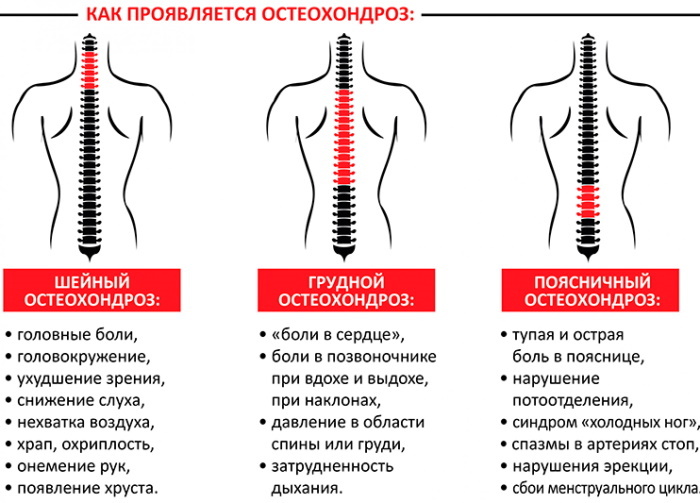
The elbow hurts when the hand is clenched into a fist, often due to a rupture or sprain in the ligament that provides such a movement. The syndrome occurs in the joint under stress due to infection. Pathogenic microflora provokes the inflammatory process, edema and intoxication of muscle fibers with the products of their vital activity. Paroxysms can be of immunogenic etiology.
This pain is combined with:
- migraine attacks;
- rapid fatigue due to an unstable immune status;
- suppressed appetite;
- periodically increasing body temperature.
Arthralgia when clenching the hand into a fist is often caused by tendonitis, an inflammatory lesion of tendon tissues. At the initial stage, the pathological process is acute, then becomes chronic in the absence of proper treatment.
When pulling up
The pain syndrome that arises during the performance of such an exercise provokes excessive physical stress or traumatic damage to the articular structure.
An unpleasant aching sensation when pulling up causes osteochondrosis or displacement of the intervertebral discs. The clinical picture and accompanying symptoms differ depending on the provoking factor.
With osteochondrosis, the pain has a low-intensity aching character, with sprains or rupture of tendons, it is acute and unbearable. In the first case, the elbow joint externally remains unchanged.
With traumatic injury, redness is noticeable in combination with swelling. Elbow pain during pulling up can be caused by synovial chondromatosis - dysplastic pathology associated with the formation of abnormal cartilaginous areas in the structure of the surrounding membrane articulation.
After intense physical activity
This arthralgic syndrome indicates the likely development of epicondylitis, an inflammatory process in the bone processes of the elbow joint. The discomfort increases with hand movements.
Epicondylitis characterizes the development of a degenerative state of cartilage fibers and synovial membrane. Arthralgia is localized in the outer or inner part of the elbow structure, depending on the affected area.
A functional disorder accompanied by pain syndrome occurs as a result of constant overstrain of the joint. Epicondylitis is characteristic of amateur athletes, professional athletes, people engaged in hard physical labor.
The most common lateral pathology. Medial impairment is less common. Epicondylitis, due to constant overload with repetitive movements of the same type, captures the distal surface of the articular structure.
There are microtraumas of tendon fibers, an inflammatory focus is formed. Arthralgic manifestations are aggravated by bending the limb, clenching the hand into a fist, and other movements.
The elbow hurts in the joint during exercise in patients with congenital insufficiency of connective tissue structures. Such an arthralgia character for the syndrome of hypermobility - abnormal mobility of the joint, combined with vestibular disorders.
Which doctor should I go to?
If pain occurs in the elbow joint, you should visit a general practitioner who will refer you to consultation with a narrow specialist in accordance with the alleged or previously established reason paroxysms.
In case of obvious mechanical damage to the bone capsule, rupture or stretching of the tendons, when clarification of the provoking factor is not required, you need to contact a traumatologist.
In other cases, it is necessary to visit a family doctor, who is considered the primary link of the current health care system. His responsibilities include patient consultation, physical examination, and other preliminary diagnostic procedures.
Consultation will be required:
- Oncologist. If you suspect a tumor process in the ulnar structure or adjacent biological structures family doctor refers to a specialized specialist for differential diagnosis and selection of tactics therapy.
- Neurologist. A doctor of this specialization deals with the defeat of the peripheral nervous circuit or pinching of the fibers conducting the electrochemical impulse.
- Orthopedist. Consultation will be required for diagnosed deformation changes or degenerative processes in the joint capsule. An orthopedist deals with the treatment of osteochondrosis, arthritis, and other related pathologies of skeletal structures.
- Surgeon. A preliminary consultation with this specialist is required if surgery is required to restore the functionality of the damaged elbow joint.
With systemic vasculitis, inflammation of the tissues surrounding the joint, diffuse pathologies of the connective structures, you should seek medical help from a rheumatologist.
A specialist in this profile is engaged in the elimination of age-related changes provoking paroxysms in the articular constructions, interprets the results of laboratory immunological tests, studies of synovial secret.
Pain relief methods
Relief of arthralgic syndrome involves the elimination of physical activity, the use of analgesic pills or external ointments. The method of pain relief depends on the cause of the painful paroxysms.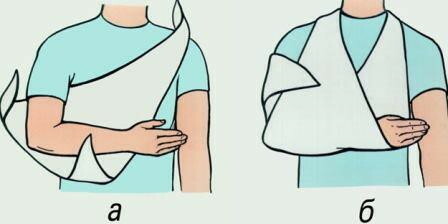
In case of a bone capsule fracture, ligament rupture or tendon sprain, immobilization of the injured limb is required. The hand is fixed in a bent position with a kerchief bandage, a splint or hard plaster is applied.
The elbow hurts in the joint during exertion, often due to a sports injury or developing epicondylitis. In such a situation, one should be from training to full restoration of the functionality of the affected limb.
To eliminate inflammation and puffiness accompanying arthralgia, pharmacy cold compresses or home-made products are used. The latter can be made from gauze or a towel soaked in chilled water.
Use ice cubes from the freezer. Of the external anesthetic compounds for relieving elbow pain, Traumeel, heparin ointment, and Lioton gel are suitable. Such funds additionally have anti-exudative, reparative, venotonic effects.
For the relief of acute syndrome, injection analgesic blockade is used. Of the oral drugs for chronic pain in the elbow joint, Ibuprofen or Nise are used, belonging to the pharmaceutical category of non-steroidal anti-inflammatory drugs.
Such drugs interact with the arachidonic acid cascade, inhibit cyclooxygenase and inhibit the synthesis of prostaglandins. The drugs have contraindications and side effects. They have mild analgesic properties and are not intended to relieve high-intensity arthralgia.
Deciding whether to use Nise or Ibuprofen is the exclusive competence of the attending physician. With chronic pain in the elbow joint, it is possible to take a course of analgesic tablets, provided that the patient is well tolerated.
Treatment
The therapeutic tactics are selected taking into account the diagnosed pathological process or the nature of the traumatic injury. Etiotropic treatment can be conservative or surgical. Fractures and dislocations of the elbow joint are eliminated by mechanical reduction, reduction, and other traumatological methods.
Drug therapy for osteochondrosis, epicondylitis, arthritis requires the complex use of non-steroidal anti-inflammatory drugs and chondroprotectors to restore the functional state, the natural morphological structure of the cartilaginous elements of the articular capsule.
It is inappropriate to use physiotherapeutic methods in the treatment of degenerative processes in the elbow structure. With autoimmune pathologies, drip administration of glucocorticosteroid drugs is prescribed. Endogenous compounds of this class stimulate physiological reactions and suppress inflammation.
Surgical correction of functional disorders in the bone capsule is performed in the traditional way open access or with the use of modern minimally invasive technologies arthroscopic directionality. With degenerative pathologies, a chondroplastic procedure is performed.
Often the elbow hurts during exertion due to damage to the condyles or the process of the joint. To eliminate such damage, osteosynthesis is used, which ensures the accuracy of the reconstruction of the capsular surfaces. In case of detection of neoplasia, its scalpel excision is performed in a segmental or marginal way.
Elbow Disease Videos
What diseases lead to pain:


